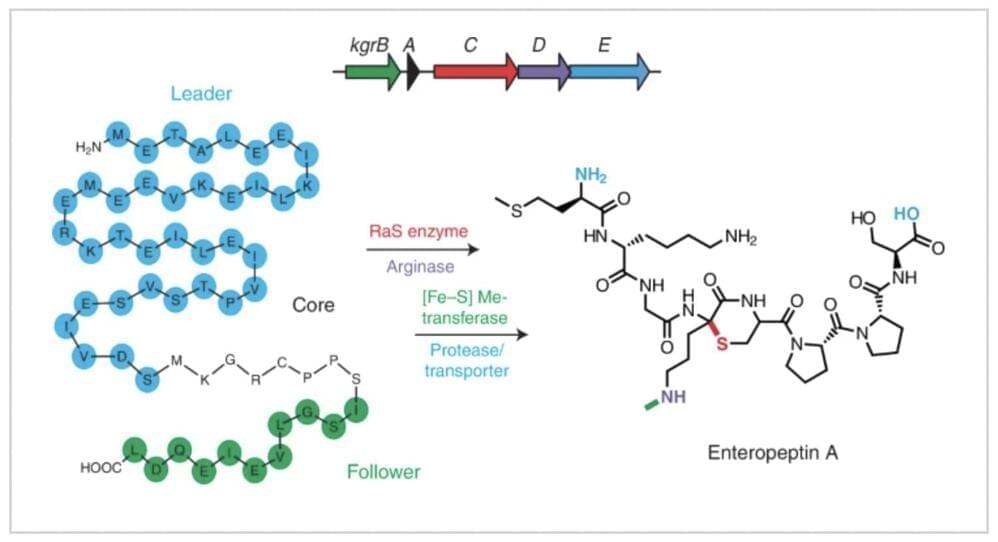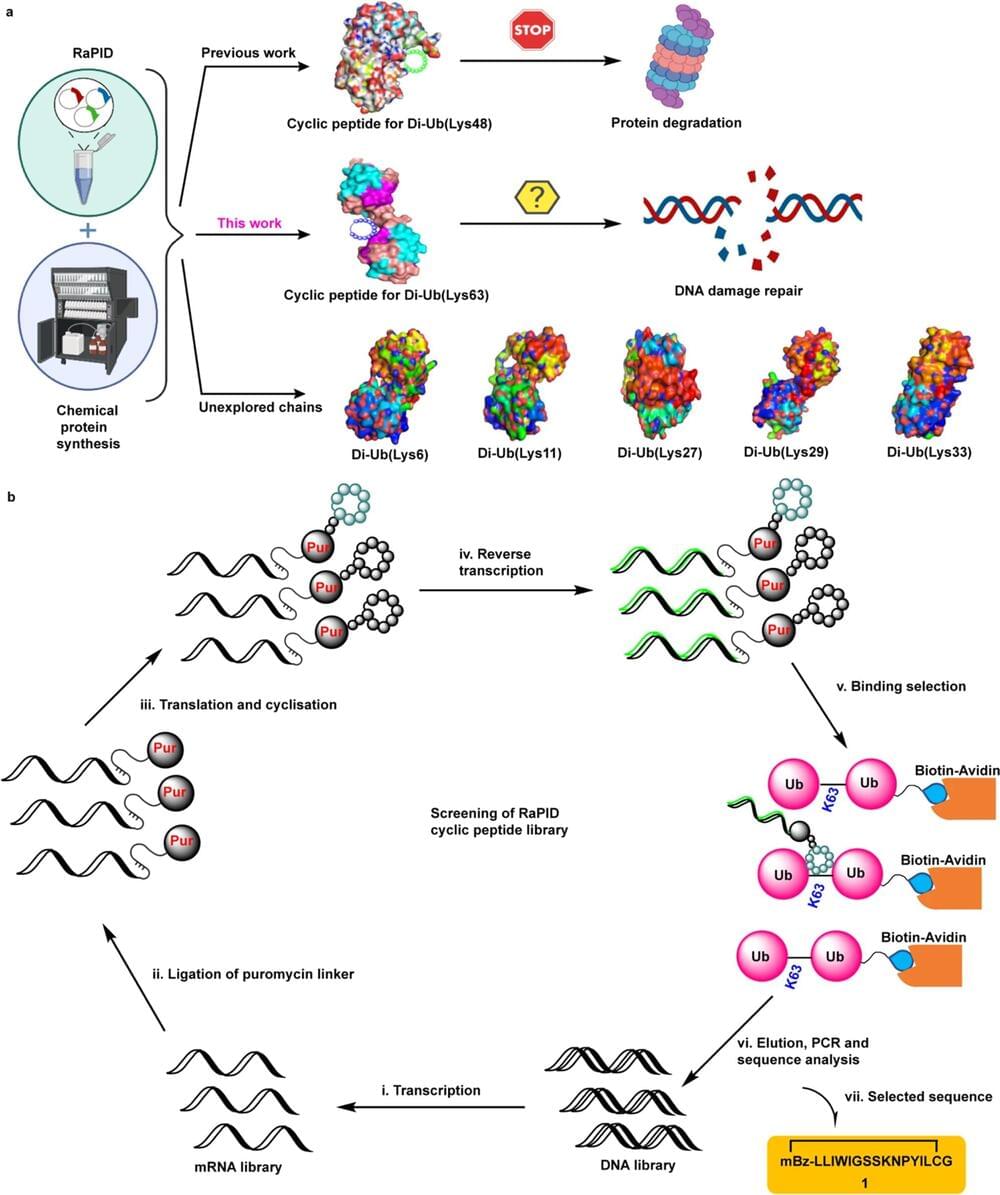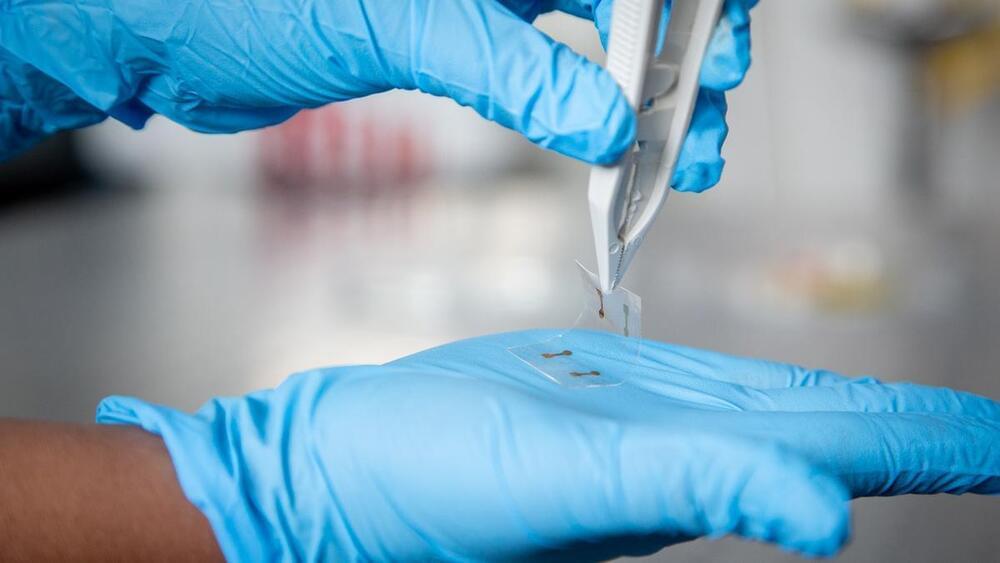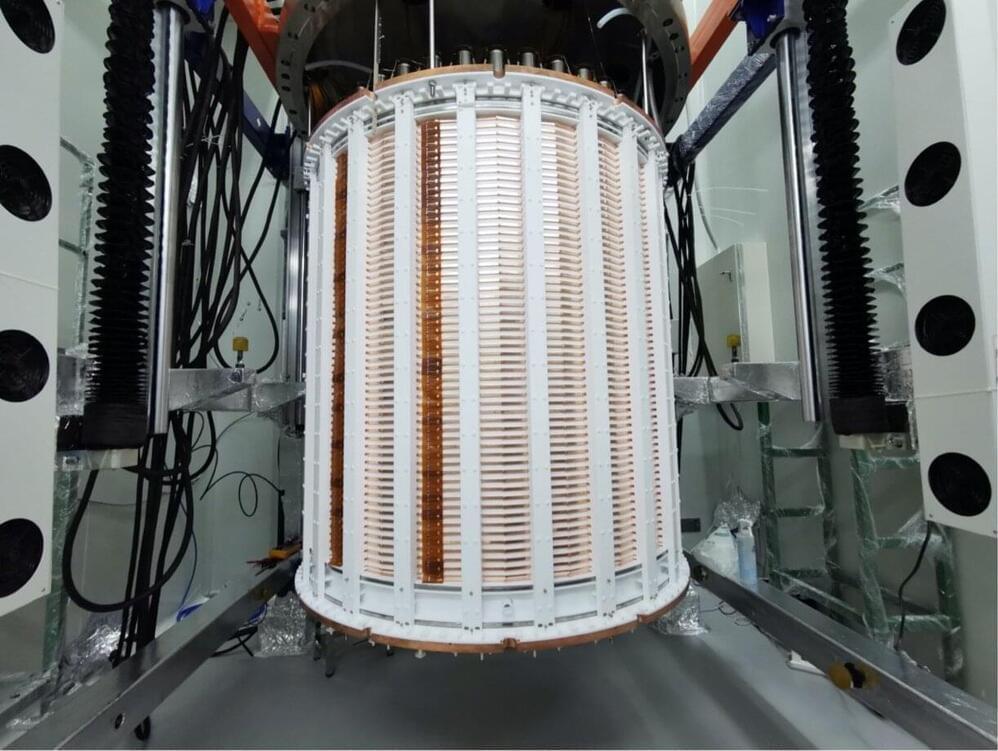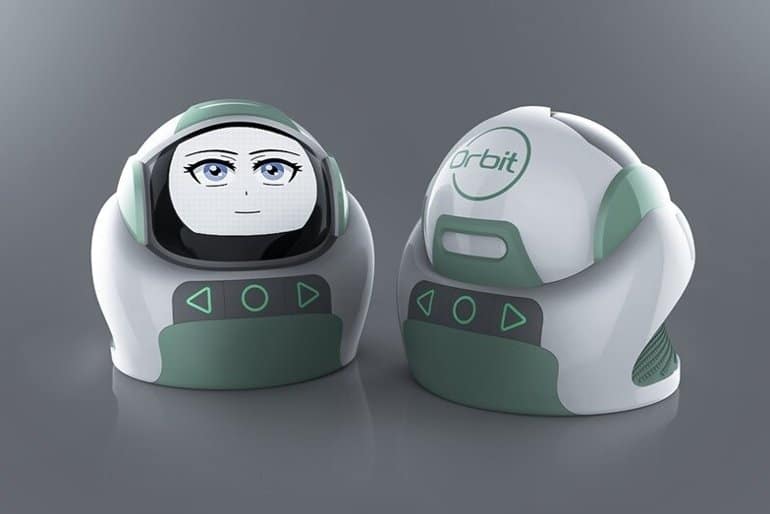Generative AI models for businesses threaten to upend the world of content creation, with substantial impacts on marketing, software, design, entertainment, and interpersonal communications. These models are able to produce text and images: blog posts, program code, poetry, and artwork. The software uses complex machine learning models to predict the next word based on previous word sequences, or the next image based on words describing previous images. Companies need to understand how these tools work, and how they can add value.
Page-utils class= article-utils—vertical hide-for-print data-js-target= page-utils data-id= tag: blogs.harvardbusiness.org, 2007/03/31:999.342234 data-title= How Generative AI Is Changing Creative Work data-url=/2022/11/how-generative-ai-is-changing-creative-work data-topic= data-authors= Thomas H. Davenport; Nitin Mittal data-content-type= Digital Article data-content-image=/resources/images/article_assets/2022/11/Nov22_14_1364531717-383x215.jpg data-summary=
It may soon be standard practice for AI tools — such as GPT-3 and DALL-E — to provide first drafts of emails, articles, reports, blog posts, presentations, videos, and more.


